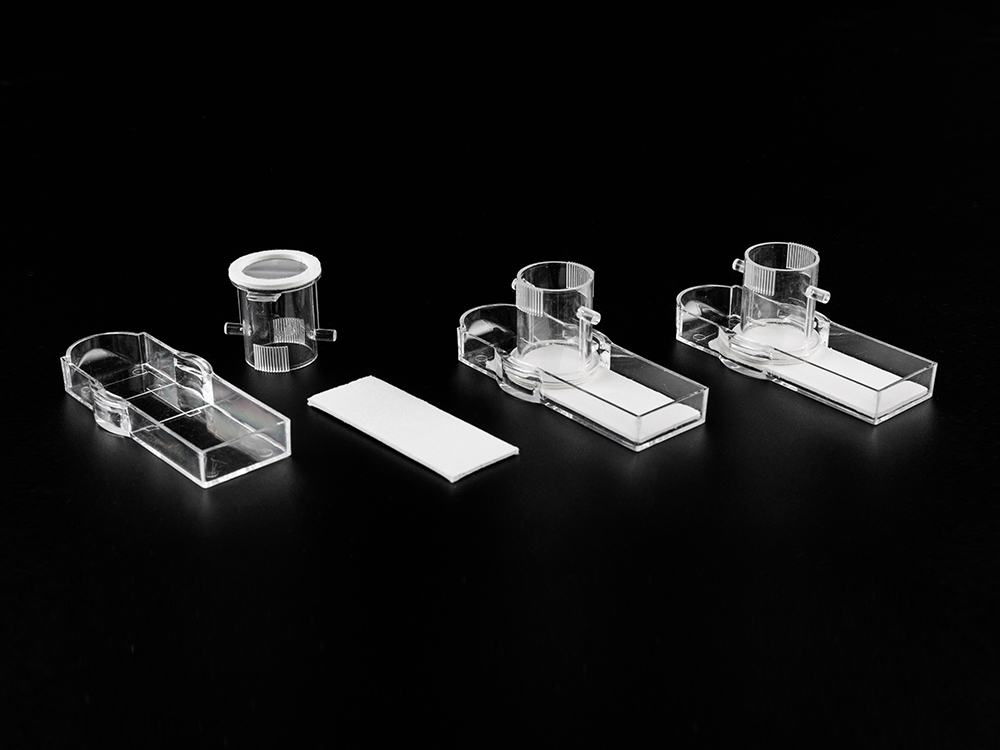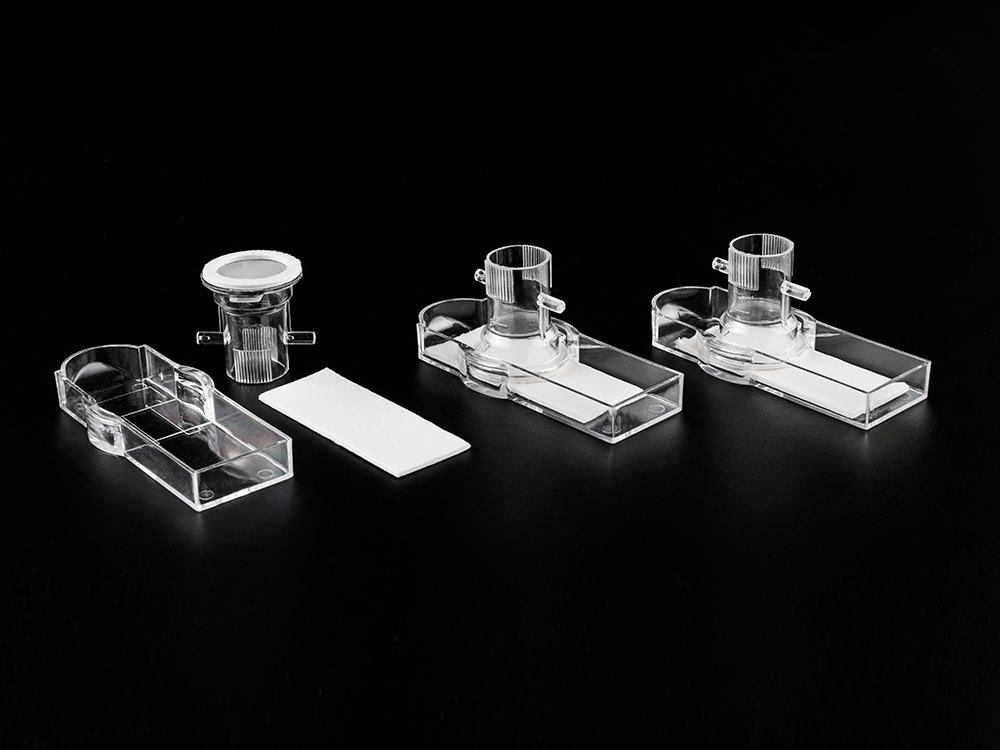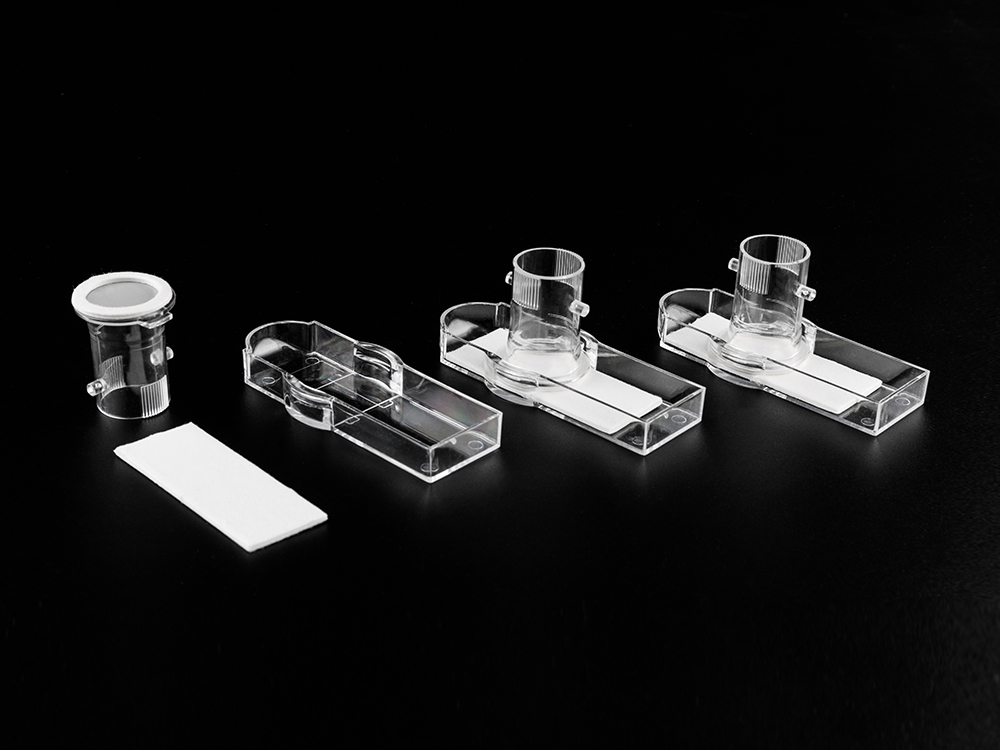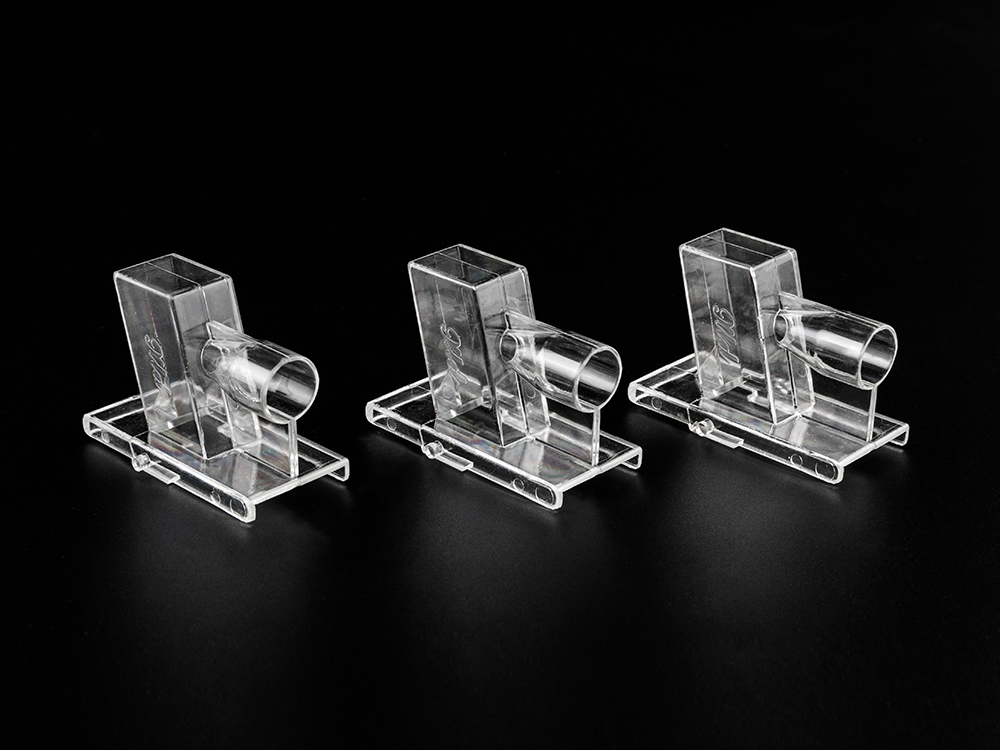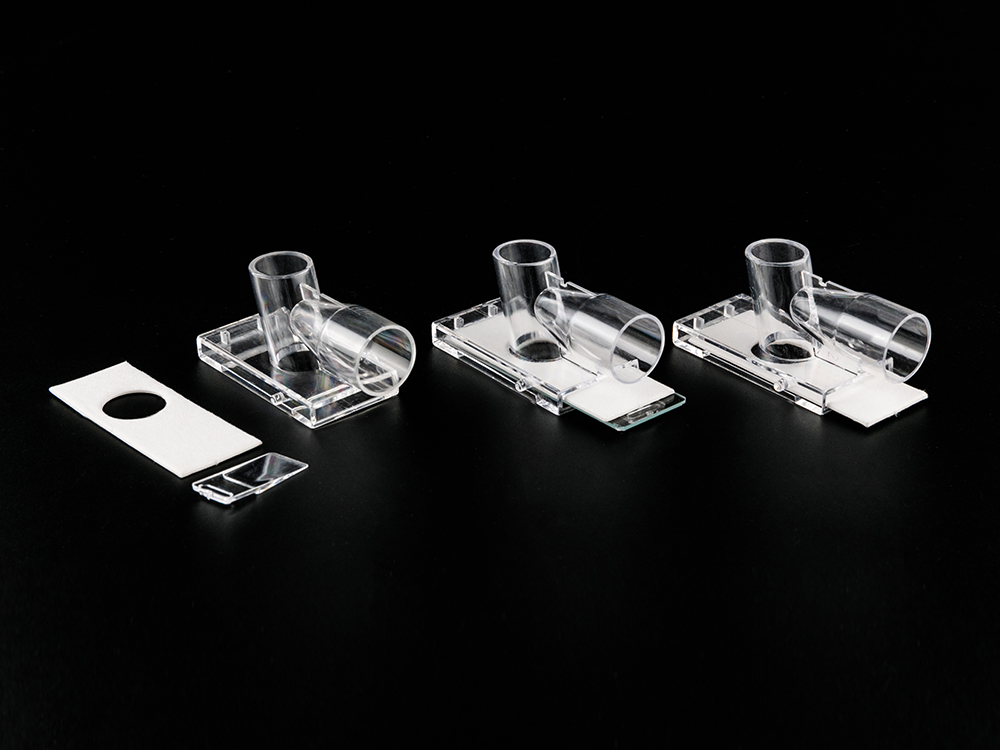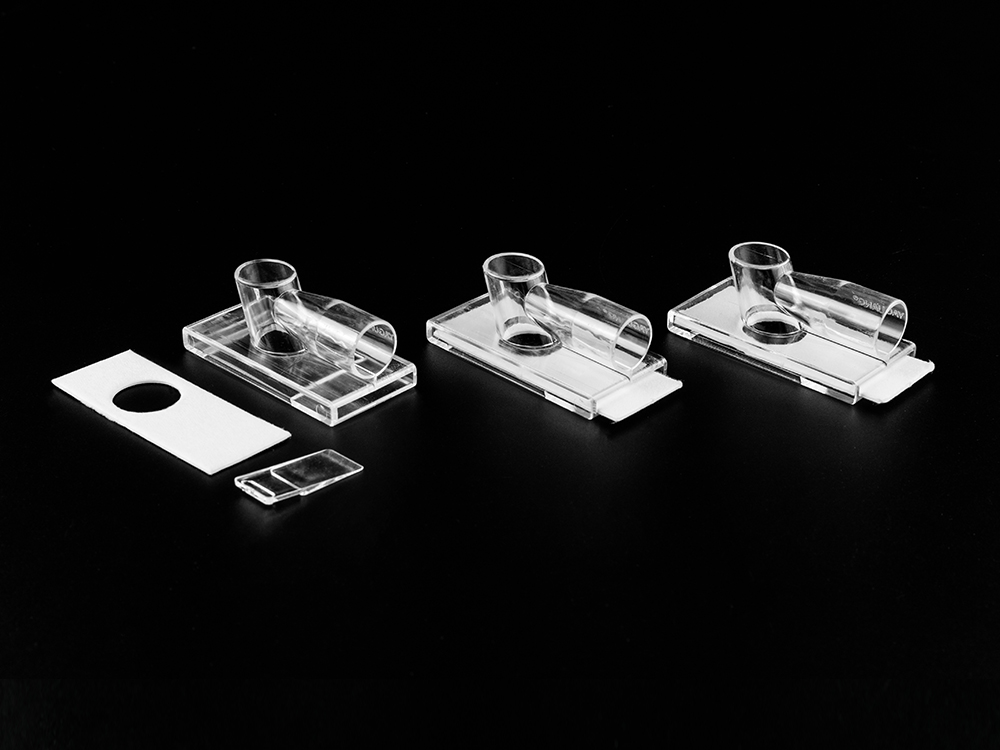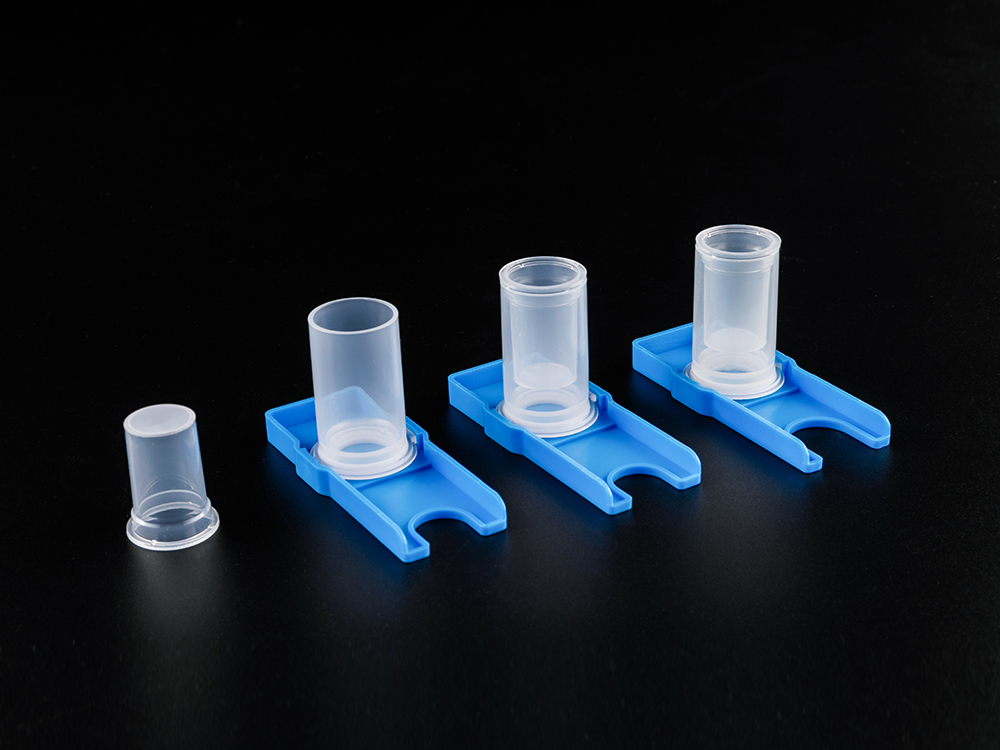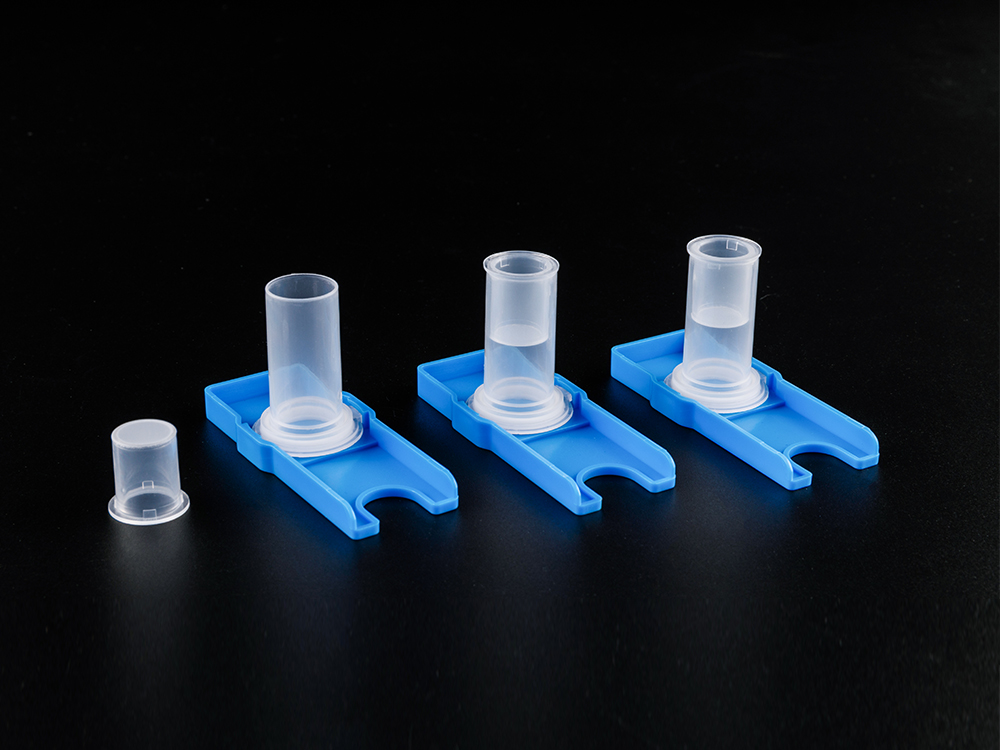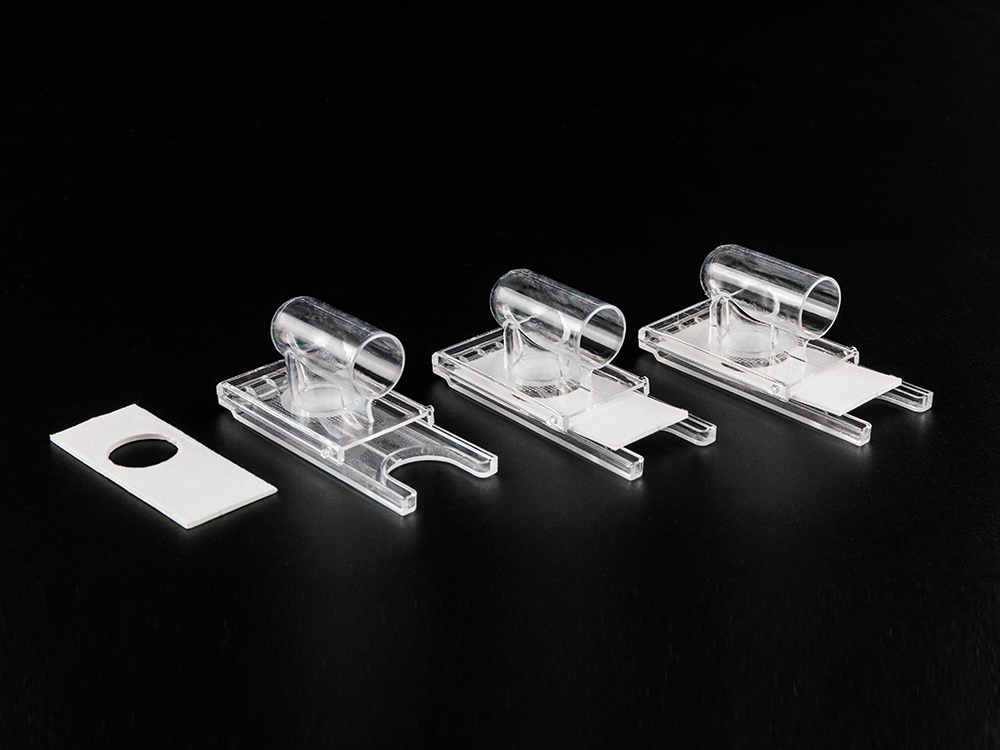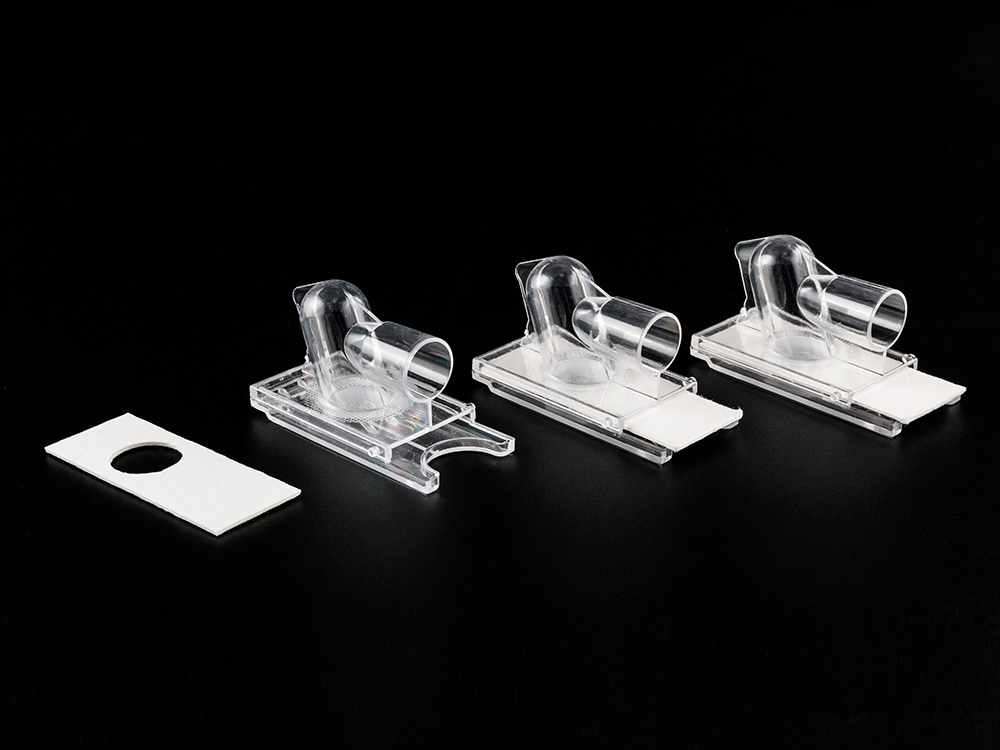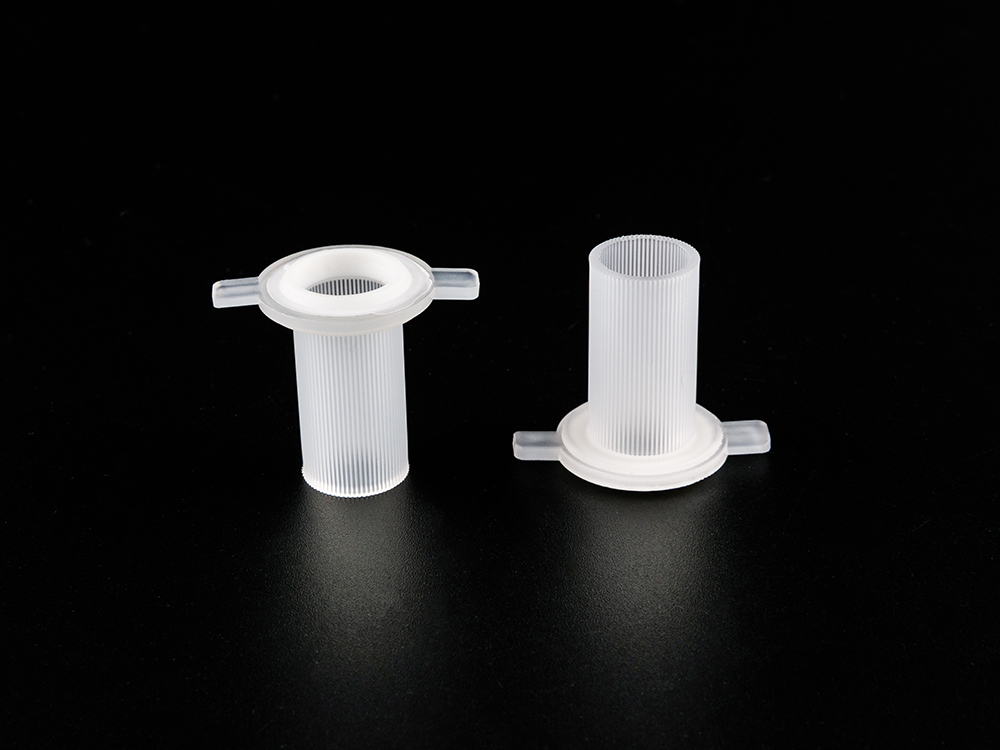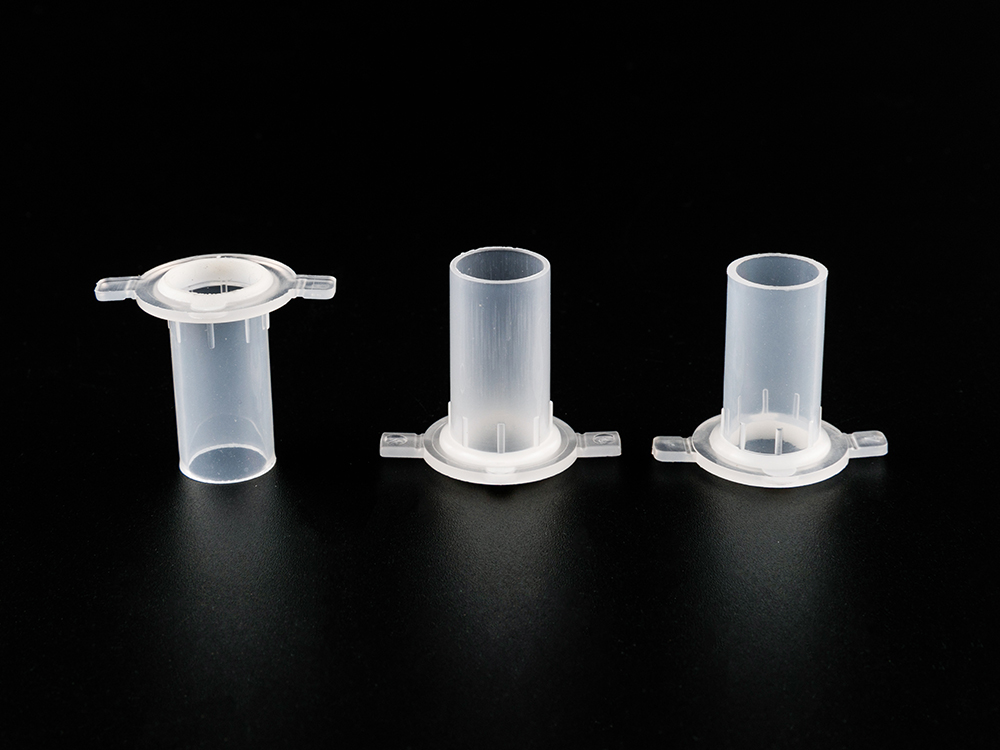Overview of Centrifuge Tubes
Centrifuge tubes are available in various sizes, commonly ranging from 1.5 mL microcentrifuge tubes to 15 mL and 50 mL conical tubes. They are used across a wide range of applications, from molecular biology and biochemistry to clinical diagnostics and chemical analysis. The choice of material—plastic versus glass—determines not only the performance of the tube but also the safety and efficiency of the experiment.
Plastic Centrifuge Tubes
Plastic centrifuge tubes are most often made of polypropylene (PP), polycarbonate (PC), or advanced materials like PCTG.
Advantages:
-
Lightweight and shatter-resistant, reducing the risk of accidents during high-speed centrifugation.
-
Disposable and sterile options minimize the chance of cross-contamination.
-
Cost-effective for large-scale or routine experiments.
Limitations:
-
Limited resistance to extreme temperatures compared to glass.
-
Some solvents and chemicals can degrade or permeate plastic.
-
Repeated sterilization may cause deformation or weakening of the tube.
Glass Centrifuge Tubes
Glass centrifuge tubes are usually made from borosilicate glass, known for its durability and heat resistance.
Advantages:
-
Excellent chemical resistance, suitable for strong acids, alkalis, and organic solvents.
-
High temperature tolerance, allowing repeated autoclaving and sterilization.
-
Transparent surface makes it easy to observe samples.
Limitations:
-
Fragile and prone to breakage, which can be hazardous in high-speed centrifugation.
-
Heavier than plastic, making handling less convenient.
-
Higher initial cost compared to disposable plastic tubes.
Key Factors in Choosing Between Plastic and Glass
When deciding which centrifuge tube to use, consider the following aspects:
-
Type of Experiment: For routine biological assays such as DNA, RNA, or protein analysis, plastic tubes are typically preferred. For chemical assays involving strong solvents, glass tubes are more reliable.
-
Temperature Requirements: If your experiment requires cryogenic storage or high-temperature sterilization, glass tubes provide better stability. Plastic tubes, however, are more practical for standard centrifugation.
-
Chemical Compatibility: Plastic tubes are suitable for aqueous solutions and most buffers, but glass is essential when dealing with corrosive or organic solvents.
-
Cost and Efficiency: Plastic tubes are ideal for one-time use in large volumes, while glass is more cost-effective in the long run when repeated sterilization is feasible.
-
Safety: Plastic reduces the risk of breakage-related accidents, while glass ensures chemical stability but requires more careful handling.
Practical Recommendations
For laboratories working with biological samples, such as blood, cell cultures, or nucleic acids, plastic centrifuge tubes remain the top choice due to their convenience, safety, and affordability. On the other hand, research involving organic solvents, high-temperature protocols, or specialized chemical reactions often requires the robustness of glass tubes. Many labs keep both types in stock, choosing according to specific experimental needs.


 中文简体
中文简体 English
English Español
Español Deutsch
Deutsch عربى
عربى